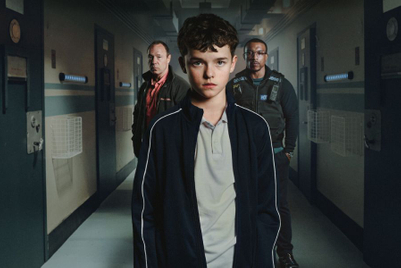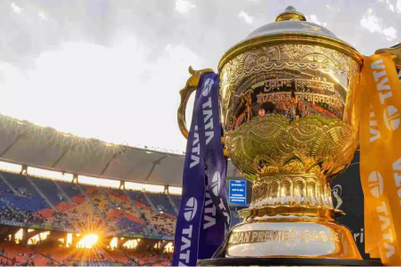
Background
Japan’s electronics brands are known for producing industry-leading entertainment systems. However, they also develop important everyday products that typically receive less acclaim, such as rechargeable batteries. While keeping a relatively low profile, the competition in the sector is strong, making brand differentiation an important factor to success.
Aim
Panasonic wanted to improve the level of recognition of its rechargeable Evolta batteries in Japan, which suffered from overall low awareness despite outperforming competitor products.
Execution
Working with Hakuhodo, the company decided to develop its battery brand by showing off its advantages in a simple yet entertaining initiative. The resulting strategy combined the excitement of a live challenge with social media.
A brand mascot was designed in the form of a robot powered by Evolta batteries. The robot set out to travel the length of Japan’s famous Tokaido road, which joins Tokyo with Kyoto — a distance of 500 kilometres. The robot’s task was to average at least 10 kilometres per day, by no means straightforward considering the route’s ‘mountain stage’ consisting of nearly 20 kilometres of steep inclines. Just one recharge a day was permitted.
The full proceedings and behind-the-scenes stories were broadcast in real-time on Ustream, exposing the risk of failure and generating real interest from an audience who would not normally give batteries a second thought.
Results
The public’s interest was aroused largely by a desire to see the robot fail. The resulting publicity across social media was calculated to be worth approximately US$10 million; the robot’s ultimate success turned sceptics into fans, and raised recognition levels by more than 10 per cent — from 47.7 per cent to 58.2 per cent. Even more importantly, market share increased from 35 per cent to 41 per cent.




.jpg&h=334&w=500&q=100&v=20250320&c=1)
.jpg&h=334&w=500&q=100&v=20250320&c=1)


+(1).jpg&h=334&w=500&q=100&v=20250320&c=1)

.jpg&h=334&w=500&q=100&v=20250320&c=1)








